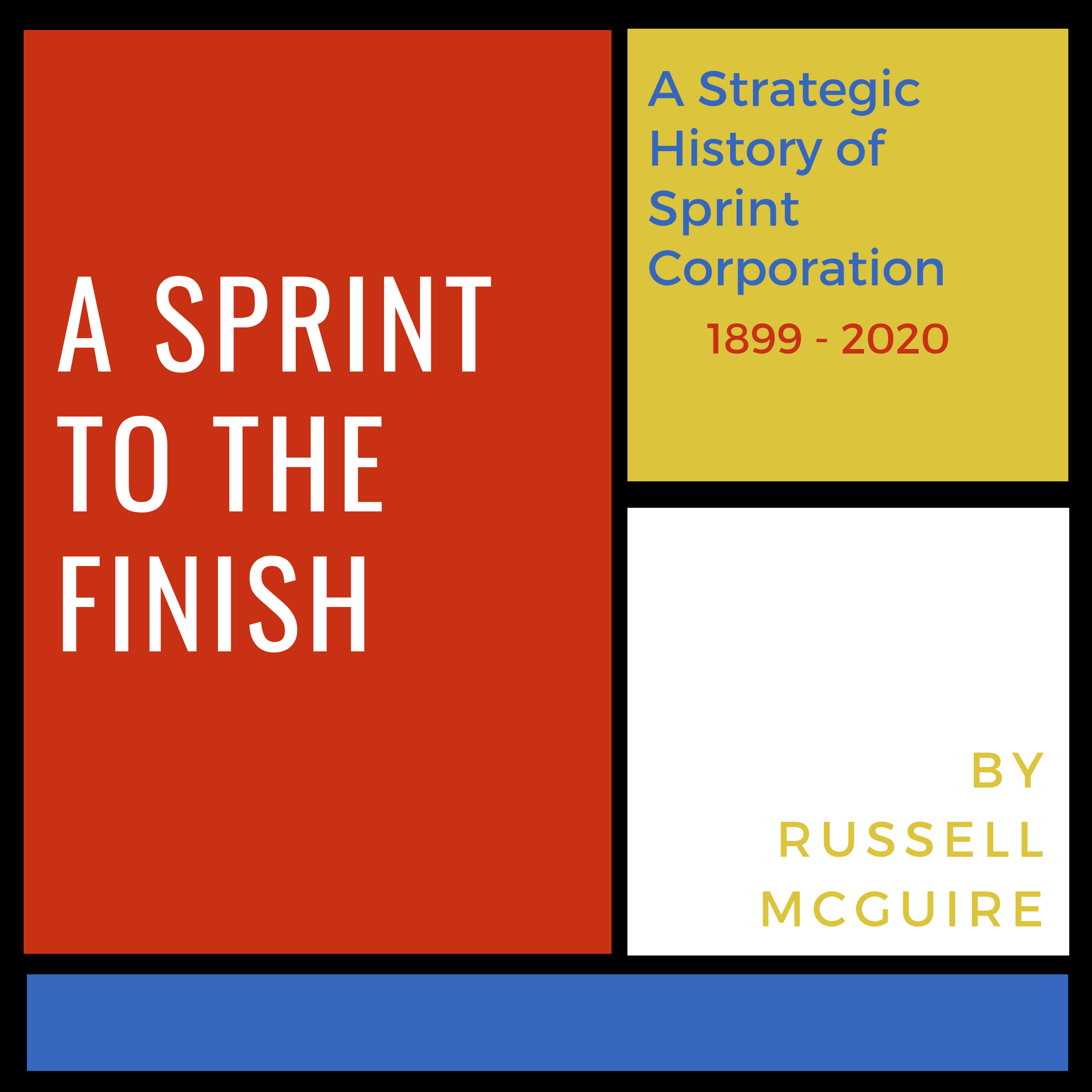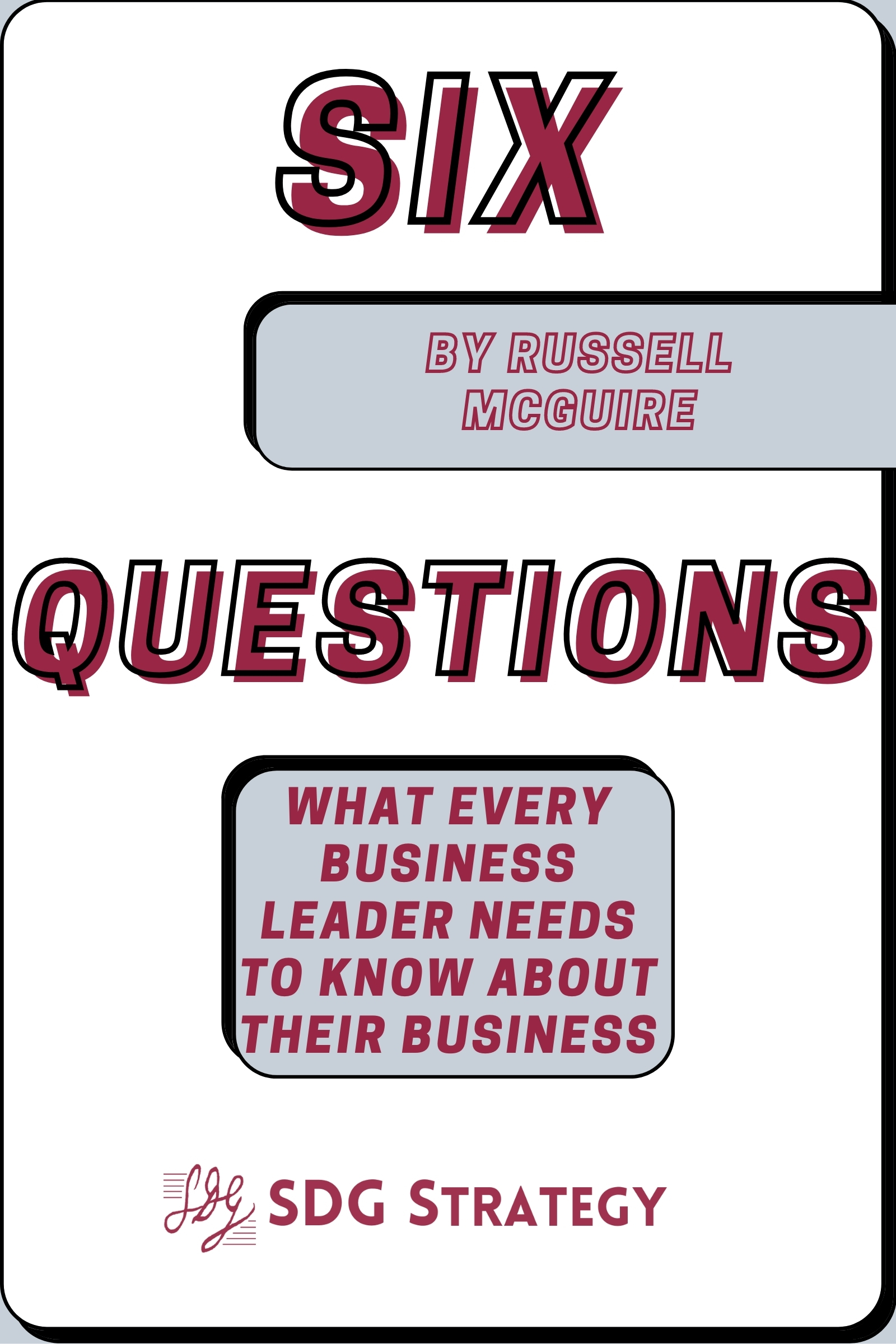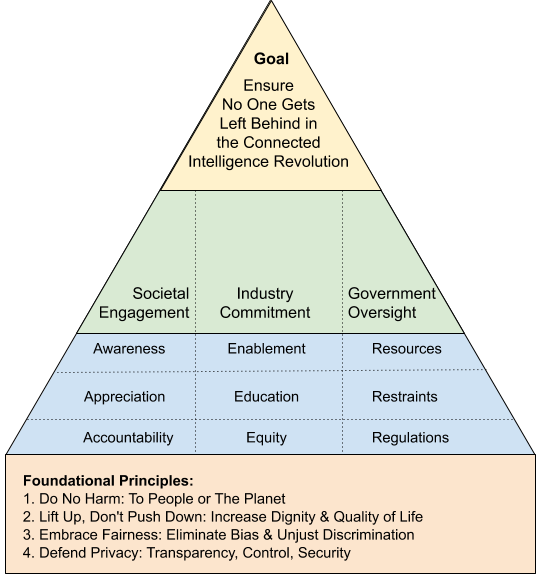One of the richest tools I’ve found for connecting strategy and execution is the Strategy Map introduced by Robert Kaplan and David Norton in 2001.
In their Balanced Scorecard work, Kaplan and Norton had defined four “perspectives”: Learning and Growth, Internal business process, Customer, and Financial. The Strategy Map creates a cause-and-effect relationship to emerge between these four perspectives, with the Internal and Customer perspectives being central.
If we are to achieve our strategy, what needs to be true about our business (Internal), and therefore what needs to be true about our culture and our people (Learning and Growth)? When we achieve our strategy, how will that translate into value for our customers (Customer) and therefore into value for our investors (Financial)?
As helpful as the Strategy Map is for “connecting the dots” from the company’s people and culture all the way to financial performance, with the strategy at its core, the Strategy Map often could not capture on a single page all of the things happening within the business to execute the strategy, and how those activities would be managed.
Kaplan and Norton introduced the concept of Strategic Themes as a way to focus on specific parallel aspects of the strategy. I like to consider the Pillars of the strategy as Strategic Themes and to map out the logical flow of the strategy at a greater level of detail. I also like to use this view to identify key initiatives that align with the aspects of the Strategy Map. Finally, the Strategic Themes level of mapping is also a great place to begin to call out specific metrics that can be used in monitoring the strategy to make sure that execution is staying on track.
Those metrics are then managed through the Balanced Scorecard. The Strategy Map and Strategy Themes help us translate the strategy into specific actions we need to take as a company and the Balanced Scorecard provides the tool for regularly monitoring our progress in executing the strategy.
Read the full story here.





